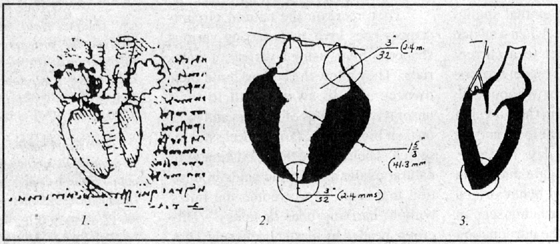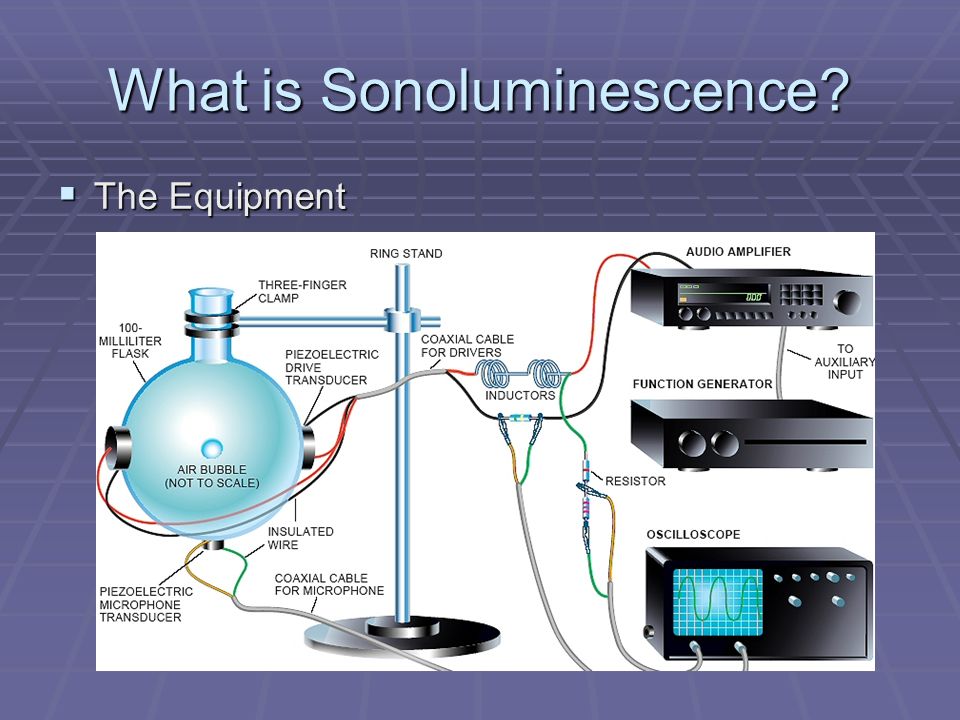3D Hyperbolic Tiling and Horosphere Cross Section
Vladimir Bulatov,
Shapeways
Joint AMS/MAA meeting
San Diego, January 10, 2018
Vladimir Bulatov,
Shapeways
Joint AMS/MAA meeting
San Diego, January 10, 2018
https://youtu.be/1JmPeZa-QEo
According to the Nye County Sheriff’s Department in Nevada:
“Community Announcement — Long time resident, and radio show host, Art Bell died today at 72 years old in his home in Pahrump Nevada,” the Sheriff’s Department announced on Facebook. “With an estimated 10 million listeners, Bell’s show was at the time of his retirement the most listened-to late-night radio program, and fourth overall,”
Arthur Bell III was born in North Carolina in 1945. “By the age of 13, Art was an FCC licensed radio technician. A few years later, as a young airman, Bell and an equally foolhardy buddy built their own pirate radio station right on Amarillo Air Force base, secretly broadcasing Rock ‘n’ Roll to appreciative locals.
There are those people in your life who you have yet to meet, whose words reached out to you from worn pages of a friend’s book you found as an interesting note on the floor. The words that rang through your Self like the gong of a bell echoing off the rocks of your foundation. So that nothing else will ever sound quite the same. Their printed voice changed the songs you sing and the levels that you hear. Sometimes, in the purest of luck, you get to meet this person. You get to ask them how they are doing today. You get to listen to their voice speak like music playing notes right off the page and you get to sit down and ask them questions. If I were you, or maybe, if you were me… That person would be, Derrick Jensen and this, is the luckiest of days.
“We have a need for enchantment that is as deep and devoted as our need for food and water.”
― Derrick Jensen, The Culture of Make Believe
“Many Indians have told me that the most basic difference between Western and indigenous ways of being is that Westerners view the world as dead, and not as filled with speaking, thinking, feeling subjects as worthy and valuable as themselves.”
― Derrick Jensen
“In order to maintain our way of living, we must tell lies to each other, and especially to ourselves.”
― Derrick Jensen, Endgame, Vol. 1: The Problem of Civilization
“We were not meant for this. We were meant to live and love and play and work and even hate more simply and directly. It is only through outrageous violence that we come to see this absurdity as normal, or to not see it at all. Each new child has his eyes torn out so he will not see, his ears removed so he will not hear, his tongue ripped out so he will not speak, his mind juiced so he will not think, and his nerves scraped so he will not feel. Then he is released into a world broken in two: others, like himself, and those to be used. He will never realize that he still has all of his senses, if only he will use them. If you mention to him that he still has ears, he will not hear you. If he hears, he will not think. Perhaps most dangerously of all, if he thinks he will not feel. And so on, again.”
― Derrick Jensen, The Culture of Make Believe
“I had broken the most basic commandment of our culture: Thou shalt pretend there is nothing wrong.”
― Derrick Jensen, A Language Older Than Words
“So many indigenous people have said to me that the fundamental difference between Western and indigenous ways of being is that even the most open-minded westerners generally view listening to the natural world as a metaphor, as opposed to the way the world really is. Trees and rocks and rivers really do have things to say to us.”
― Derrick Jensen, What We Leave Behind
To any doctor trained in today’s medical schools, the idea that the heart may not be a pump would, at first sight, appear to be about as logical as suggesting that the sun rises in the West or that water flows uphill. So strongly is the pump concept ingrained in the collective psyche that even trying to think otherwise is more than most people can manage. Yet Rudolf Steiner, a man not given to unscientific or slipshod thinking, was quite clear on the matter and reiterated time and again that the heart is not a pump. “The blood drives the heart, not the heart the blood.”
Ralph Marinelli* and his co-workers published a paper refuting the generally-accepted pressure-propulsion premise. For a start, they draw attention to the sheer volume of work which the heart would have to do if it were solely responsible for pumping inert blood through the vessels of the circulatory system. Blood is five times as viscous as water. According to the propulsion premise the heart would have to pump 8000 liters of blood a day in a body at rest and considerably more during activity, through millions of capillaries the diameters of which are sometimes smaller than the red blood cells themselves – a huge task for a relatively small, muscular organ weighing only 300 grams.
Once the questions start being asked, the anomalies in currently accepted dogma become apparent. For instance, if blood were pumped under pressure out of the left ventricle into the aorta during systole, the pressure pulse would cause the aortic arch to try and straighten out, as happens in any Bourdon tube pressure gauge. In practice the exact opposite happens; the curve increases, indicating that the aorta is undergoing a negative, rather than a positive, pressure.
Another paradoxical finding concerns the mechanics of fluid flow under pulsatile pressure. When a pressure pulse is applied to a viscous fluid in a closed vessel, the liquid initially resists movement through its own inertia. The pressure, therefore, peaks before the fluid velocity peaks. In the aorta, exactly the opposite happens where a peak flow markedly precedes peak pressure, a fact which was observed in 1860 by Chaveau and Lortet. So just what is going on inside the circulation?
 Misleading sketch of the heart by Leonardo do Vinci (1). The left ventricle wall is shown uniform in thickness as it would he in a pressure chamber. Actually the left ventricle wall thickness varies by about 1800% as Marinelli and his group measured in bovine hearts (2). The apex wall is so soft and weak that it can be pierced with the index finger. The peculiar variability in the ventricular wall thickness is not in keeping with the heart as pressure generator. However, Leonardo’s Notebooks has been used in most biology, physiology, and medical texts during the last few hundred years as well as in most modern anatomy texts in the last decades (3). Thus, false sketches have served to bear witness to a false premise.
Misleading sketch of the heart by Leonardo do Vinci (1). The left ventricle wall is shown uniform in thickness as it would he in a pressure chamber. Actually the left ventricle wall thickness varies by about 1800% as Marinelli and his group measured in bovine hearts (2). The apex wall is so soft and weak that it can be pierced with the index finger. The peculiar variability in the ventricular wall thickness is not in keeping with the heart as pressure generator. However, Leonardo’s Notebooks has been used in most biology, physiology, and medical texts during the last few hundred years as well as in most modern anatomy texts in the last decades (3). Thus, false sketches have served to bear witness to a false premise.As Marinelli et al point out, the pressure-propulsion model of blood circulation rests on four major premises: (1) blood is naturally inert and must, therefore, be forced to circulate; (2) there is a random mix of formed particles in the blood; (3) blood cells are under pressure at all times; (4) blood is amorphous and is forced to fill its vessels and take on their form.
In 1834, a man sits beside a canal. It is summer. He watches boats moving up and down the waterway. Suddenly, one boat stops abruptly and shoves a curious wave of water forward. The man stands and observes this singular wave, which passes leaving only flat water behind it. John Scott Russel stands. The wave is still moving. Disappearing from sight. He leaps on his horse. He pursues it, overtakes it, and observes it over perhaps two miles of waterway. It holds its shape, and only gradually diminishes in height. Very strange. Very curious.
Russel, an engineer, mathematician, and accomplished ship builder, was the first person to spot such a wave, follow it, and then write about it. He described called the wave a ‘wave of translation.’ Modern physics calls such singular traveling waves solitons.
Throw a stone in a pond, and ripples spread. They spread out in concentric rings, and the rings split into more rings, and these split further. The rings begin to overlap as the taller rings overtake the shorter, and they gradually all become imperceptible as the energy of the stone spreads and is redistributed across the entire surface of the pond. Not so for the soliton. A soliton, as Russel famously chased, can travel over long distances without losing its form or its energy.
Oh, and solitons occur in not only water but light (electromagnetism) as well as in phonons (thermodynamics) and potentially in gravity waves.
What if sound didn’t only flow through matter but could produce unexpected phenomena like light? Research in sound has revealed the capacity of sound to influence matter in a way that produces light. The phenomenon of sonoluminescence (SL) is one example of this relationship.

“If you want to find the secrets of the universe, think in terms of energy, frequency, and vibration.”
― Nikola Tesla
Sonoluminescence occurs when high-frequency sound vibrates tiny gas bubbles to reach star-like temperatures and emit flashes of light. The mechanism of sonoluminescence is not fully understood but its occurrence is well documented. As SL researchers probe deeper into the phenomenon, they have found that current fluid dynamic equations cannot explain why it happens. SL is a natural phenomenon as well, and marine biologists observe some species of shrimp using it as an attack against other creatures. It is the bridge between sound and light and can offer a deeper understanding of nature’s laws.
In a study at UCLA called Sonoluminescence: How Bubbles Turn Sound into Light, scientists S.J. Putterman and K.R. Weninger explore the mathematics and phenomenology of sonoluminescence. It is known that this phenomenon is caused by the rapid expansion and contraction of a bubble. This is known because the broad-band UV light emitted appears at a frequency, though not continuously. Think of a strobe light as an analogy where flashes of light last only pico-seconds (trillionths of a second.) According to Prof. Putterman, the phenomenon of sonoluminescence can heat bubbles up to tens of thousands of degrees. The surface of these bubbles burns at about 20,000 K (~35,000 °F) and look like “little stars.”